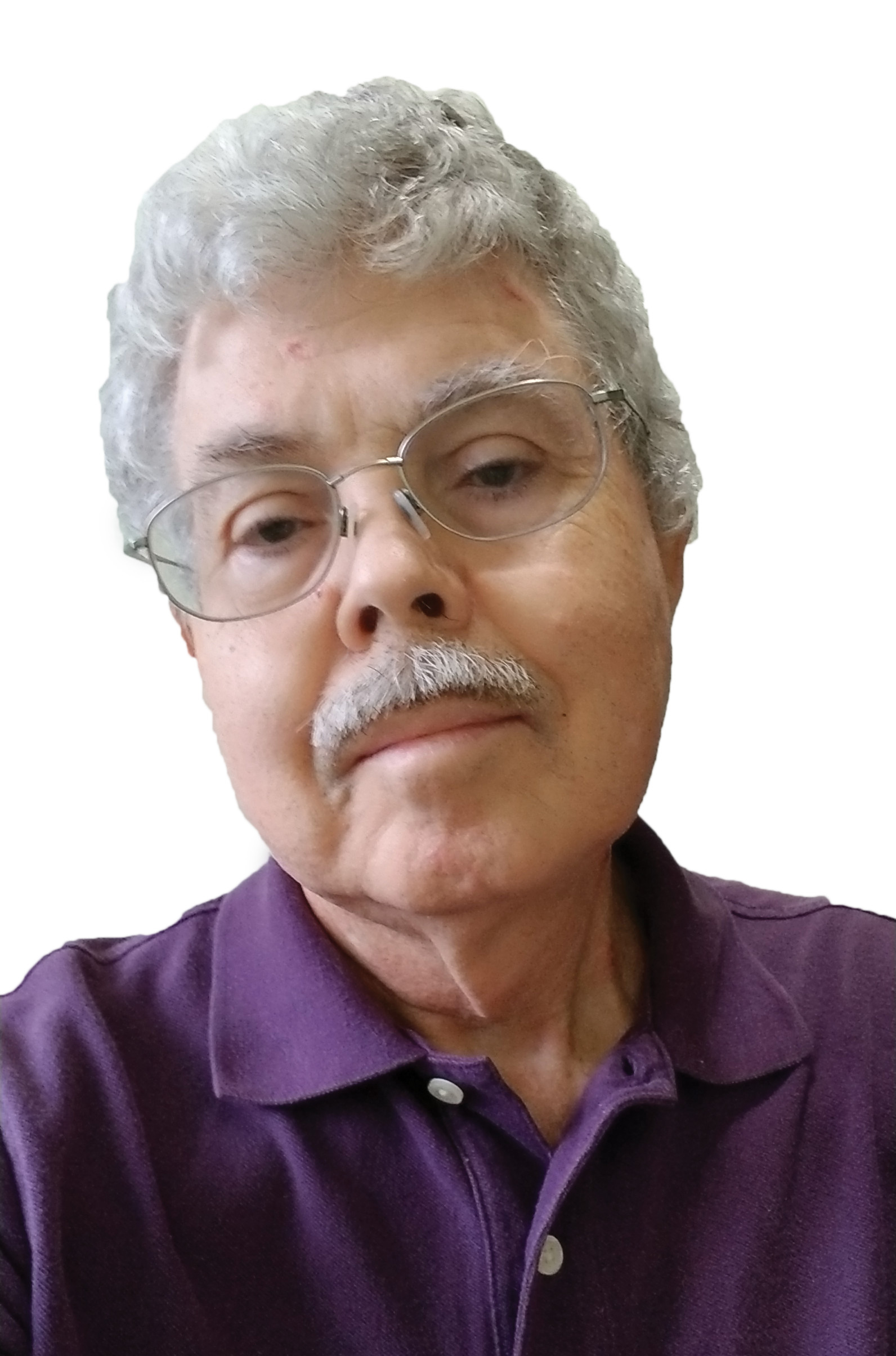Hurricanes and high winds can wreak havoc on microwave links. Tuesday RFS announced the debut of a 6 GHz Category A SB6-W60B microwave antennas with high speed wind stability.This six-foot diameter high performance antenna meets FCC Category A pattern requirements and is available in a basic configuration (operation in 125 mph winds) and a high-speed configuration suitable for operation in 155 mph winds.
Asad Zoberi, Area Product Manager of Microwave Antenna Systems at RFS, said, “The launch of the SB6-W60B line of microwave antennas offers telecom operators and tower owners an innovative solution for challenging tower sites and achieving new levels of performance thanks to its innovative mechanical design and superior radiation pattern. It will allow telecom operators to reduce their CAPEX and OPEX while protecting the core assets of tower owners. Additionally, as one of the sturdiest 6 GHz Category A microwave antennas available in the Compact segment, the SB6-W60B excels in harsh climates with extreme wind speeds while maintaining a compact size designed to reduce costs and streamline installation.”
The antenna covers 5.925 to 7.125 GHz, covering the entire 7.0 GHz BAS band. A pattern comparison with a competing antenna is available. Looking at the RFS catalog sheet I saw similar antennas available for other BAS microwave bands.
The professional video industry's #1 source for news, trends and product and tech information. Sign up below.

Doug Lung is one of America's foremost authorities on broadcast RF technology. As vice president of Broadcast Technology for NBCUniversal Local, H. Douglas Lung leads NBC and Telemundo-owned stations’ RF and transmission affairs, including microwave, radars, satellite uplinks, and FCC technical filings. Beginning his career in 1976 at KSCI in Los Angeles, Lung has nearly 50 years of experience in broadcast television engineering. Beginning in 1985, he led the engineering department for what was to become the Telemundo network and station group, assisting in the design, construction and installation of the company’s broadcast and cable facilities. Other projects include work on the launch of Hawaii’s first UHF TV station, the rollout and testing of the ATSC mobile-handheld standard, and software development related to the incentive auction TV spectrum repack. A longtime columnist for TV Technology, Doug is also a regular contributor to IEEE Broadcast Technology. He is the recipient of the 2023 NAB Television Engineering Award. He also received a Tech Leadership Award from TV Tech publisher Future plc in 2021 and is a member of the IEEE Broadcast Technology Society and the Society of Broadcast Engineers.
